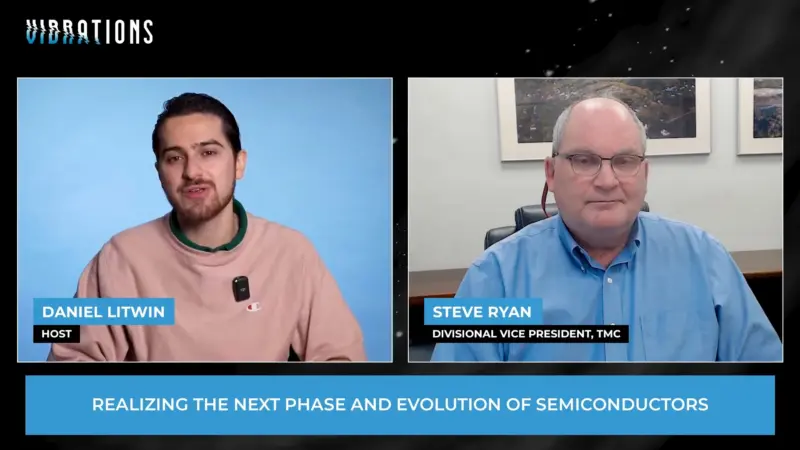Conquering Building Vibrations: The Future of Vibration Control in Mission-Critical Industries
Critical industries need building infrastructure that eliminates even the slightest whisper of the wind or rumblings of public transit miles away. Sensitive instruments used in mission-critical research, testing, and product equipment must exist in a vibration-free environment. Industry-leading TCM understands these needs, and their products have become an essential tool for vibration control to solve building vibrations challenges.
Ahmad Bayat, P.E., President at Vibro-Acoustic Consultants, and Mike Georgalis, North American Sales Manager at the Technical Manufacturing Corporation (TMC), joined Vibrations’ host, Daniel J. Litwin, for an in-depth 3-part discussion on vibration control strategies and technologies, including insight on a recent Cancer research lab project with a challenging micro-vibration design. In this first episode, Bayat and Georgalis laid the foundation for understanding mission-critical environments’ challenges with building vibrations.
“The world of micro and nano-scale that involves not only life sciences but in many of the industries where R&D is needed, besides the manufacturing and production, it’s migrated to nano-scale these days,” Bayat said. “Not only scientists are looking at the subatomic structure of a cancer cell, or it could be a semiconductor component, but on top of that, they are looking at and manipulating the atomic and subatomic structure. So, the challenge for all of us is to make precision tools operate successfully to allow the scientists to perform what they need to do in terms of manipulating and analyzing different species.” And in this case study, the precision needed involves cancer cells.
To conquer this world of vibrations at a nano-scale level may pose challenges. Still, they’re ones Bayat and Georgalis enjoy taking on no matter the industry requiring such cutting-edge technology.“
These types of problems are common problems, and they need to be solved in different places around the world and in a lot of different industries,” Georgalis said. “A good example is in the semiconductor industry where the big microchip manufacturers are pushing the limits to how small a microchip they can make.” These chips require manufacturing conditions without vibrations, and thus these companies rely on partners like TCM to create vibrationless solutions.




